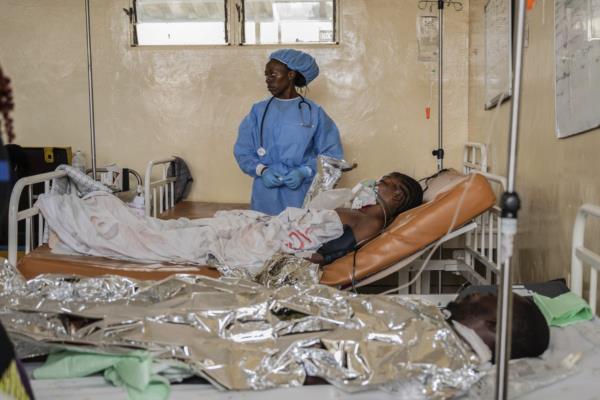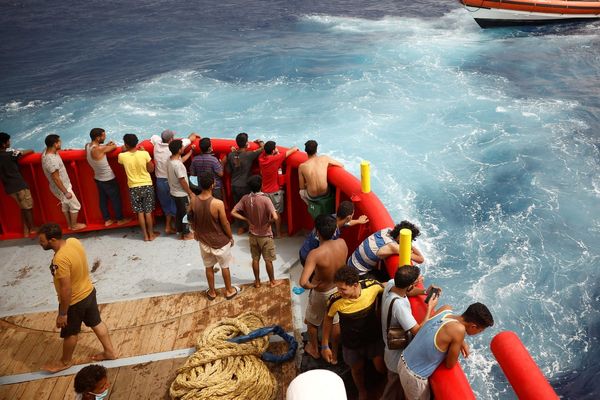
In eastern Congo, the city of Goma is gripped by panic as M23 rebels continue their advance, engaging in fierce battles with the Congolese army. The sound of bombs echoes in the outskirts, and the main hospital is inundated with hundreds of wounded civilians from nearby areas.
M23, one of many armed groups in the region, has been steadily closing in on Goma, a city of around 2 million people and a vital hub for security and humanitarian operations. The conflict in mineral-rich eastern Congo, near the Rwandan border, has led to a humanitarian crisis displacing over 7 million people.
Recent weeks have seen M23 making significant gains, capturing towns like Minova, Katale, and Masisi, intensifying fears among the population in Goma. The rebel group, mainly composed of ethnic Tutsis, aims to 'liberate' the people of Goma, as stated by an M23 spokesperson.
Schools in Goma have closed, sending students home amidst the escalating violence. The situation is exacerbated by accusations of Rwandan support for M23, a claim denied by Rwanda but acknowledged in the past for security reasons. The possibility of war with Rwanda has been raised by Congolese authorities, adding to the tension in the region.












Reports of clashes near Sake, a town close to Goma, have further heightened concerns, with conflicting information on the involvement of the Rwandan army. The uncertainty has led to panic among residents, with many fleeing the area to escape the advancing rebels.
The CBCA Ndosho Hospital in Goma is overwhelmed, treating a surge of wounded individuals. Thousands have sought refuge by crossing Lake Kivu, arriving in Goma with harrowing tales of destruction and loss. The impact of the conflict is devastating, with families torn apart and lives forever changed by the violence.
The situation in Goma remains fluid and precarious, with the fate of the city hanging in the balance as the conflict escalates in eastern Congo.







